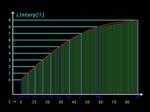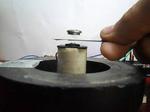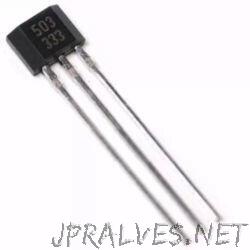Other

“Virtualise a non-linear sensor into a single linear function using the LInterp PROGMEM array generator This tutorial shows you how to “Virtualise” a non-linear magnetic position sensor to produce an accurate linear position measurement from a single function call. It …

“This is the simplest example of repulsive magnetic levitation. A few years ago I was trying to make a device for repulsive magnetic levitation but all the circuits I had were complex and the setting was very difficult. After several …

“In this project we are using the concept of ADC (Analog to Digital Conversion) in ARDUINO UNO. We are going to use a Hall Effect sensor and Arduino uno to measure the field strength of a magnet. The sensor which …

